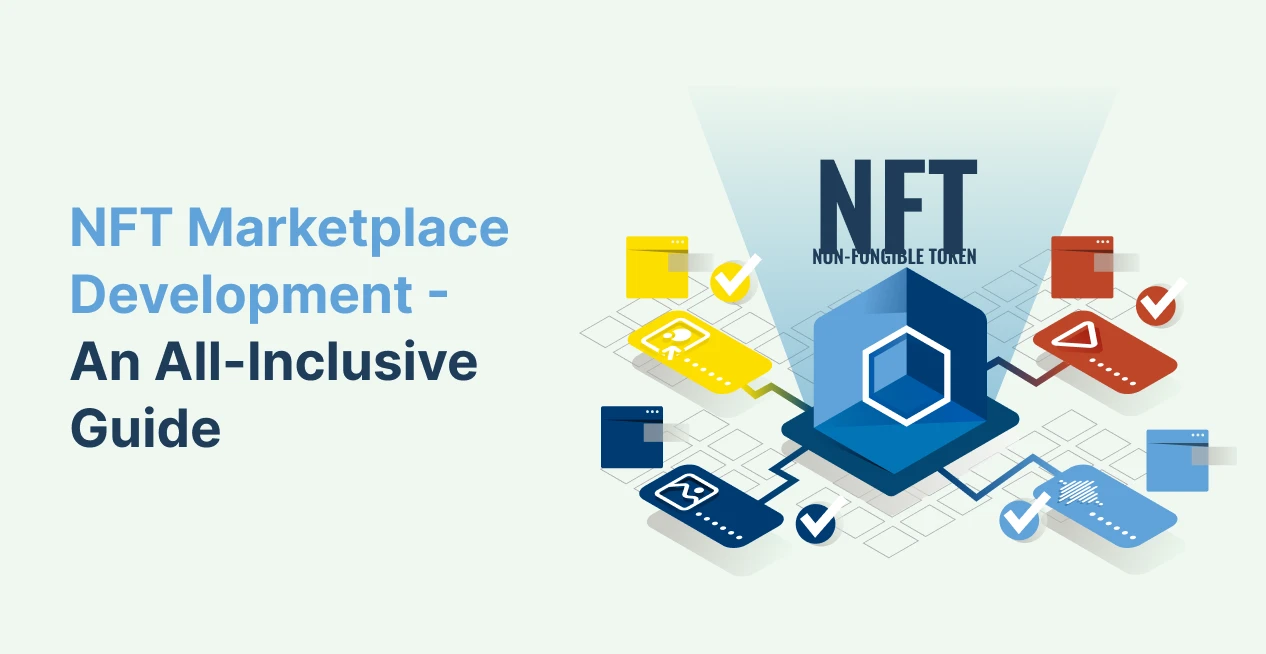Overview
Professional Web Development Does Matter!
The success of your website is dependent on web design, web development, and the best web development tools. As the web design covers the graphics and layout of your site, web development along with the best web development tools is equally important as it is the core coding that holds your web applications together. Strong web development supports your web design by ensuring that your pages load quickly and that your web structure is flexible enough to support your growing business.
Depending on the business needs, the web solutions are provided, and it is decided which tool is best for web development. Our developers choose from the most up-to-date tools and platforms available worldwide, each with a wide variety of features depending on the project requirement. Through the web development process, Openxcell has added value to its clients and their businesses for years.
Our website developers understand the importance of well-designed information architecture and integrated branding that engages visitors when they arrive on your site. OpenXcell provides a wide range of web application solutions by deploying the appropriate technology to meet the needs of individual clients.
We are experts in:
- Developing web application using PHP, .NET, HTML5 & CSS3, Java and JavaScript
- B2B, B2C web application development
- Content management development(i.e., Customisation in Open Source CMS)
- Product Development
- RIA (Rich Internet Application) Development
- Programming for Web Service
- E-commerce (custom shopping cart) Solution
- Website development that meets web 2.0 standards
Our Web Tool Development Process
We follow step by step approach towards our end to end web development service
Research
Consultation, Requirement Gathering, Market & Competitor Research, Persona Behavior, Goal
Design & Prototype
Web Architecture, Design, Prototype, MVP, Wireframing
Development
Front-end Development, Logic & Functional Implementation, Software Coding, Optimization, Database (Back-end) Implementation
Testing
Quality Assurance, Troubleshooting, Testing
Deployment
Website Launch, Beta Live & Live
Evaluation
Performance Evaluation, Analytics Implementation
Maintenance & Update
Monitoring, Feedback, Analysis, Complete Support
FIGURES AND FACTS
Make the most of a world-class team and infrastructure
State-of-the-art
development facilities
sQ. MTR of
office space
software engineers &
technical staff
software designed,
developed & deployed
IT support staff
availability
years of development
experience
Happy
customers
own Successful
products
MODELS OF WORKING
Business hiring models
Dedicated team
- Long-term collaboration
- Highly scalable team
- Complete control of the team
- Complex projects
Fixed cost
- Short-medium term collaboration
- Low scalable team
- Detailed specifications
- Clean deadlines
Time & material
- Short-long term collaboration
- Flexible budget and timeframe
- Complete control over the process
- Highly scalable team








